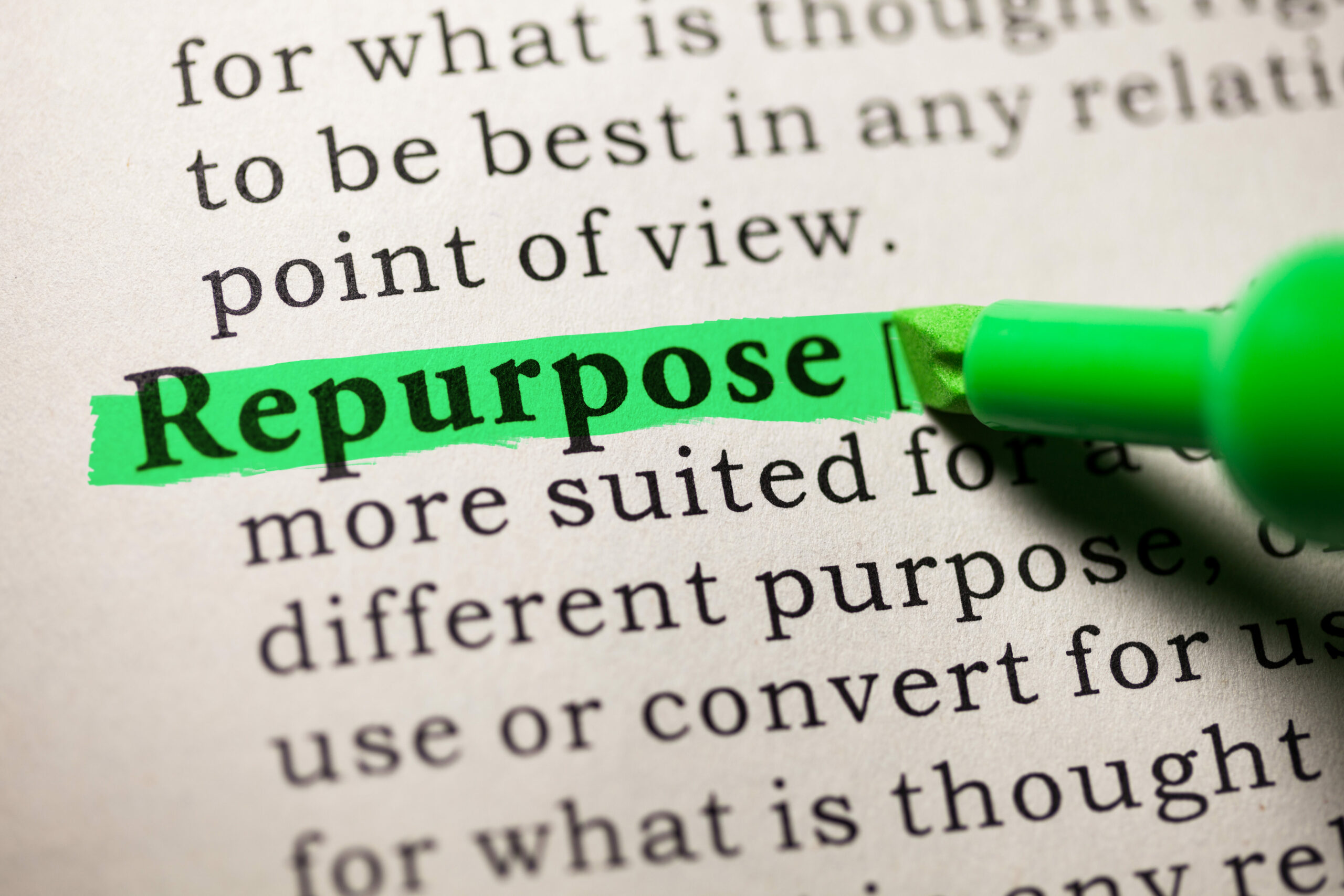Finding your (re)purpose: it may sound like a self-help topic, and in some ways perhaps it could be considered that, but for your business. Like finding your purpose in life, helping your business find its repurpose opportunities are just as important to its future.
As discussed in my previous post, the concept of introducing a repurpose step in your product’s life cycle is not only beneficial for the environment, it can ultimately help your bottom line. Doing this requires a shift from the traditional linear model – which produces, uses, and disposes of – to a circular model that loops the “disposal” back around to production.
Making the Shift
Product life cycle management or looking at the supply chain and value chain from a holistic perspective is clearly the first step on the way to a circular model. For a company to be able to divert its used products from disposal (which is so often going to be in a landfill) back into the production process, it has to have some control over the entire product life cycle—not only how it’s conceived from a materials standpoint and how it’s designed and manufactured, but also its use and disposal.
This means treating the raw material of your product as an asset to be taken advantage of beyond its just being input to the initial production process. From this point of view, letting the raw material be simply discarded at the end of its useful life starts to look like a mistake from a bottom-line point of view—a waste of a potential resource.
The question then is how you can take the raw material output and loop it back around to an earlier stage in the production process so that the process becomes regenerative rather than linear. This also makes business sense, as the elimination of waste is a cost-saving measure—landfills, for instance, are getting more and more expensive to use—and it can be a brand differentiator and create deeper customer relationships, the kind of “stickiness” that makes customers or clients adhere to a particular vendor. Repurposing the disposed-of product in a way that it can somehow be led back to the customer is a powerful model.
It’s a model that can work, but will require a commitment to innovation and change. The key is to accomplish two things: create a more environmentally friendly business model and making sure the business will be more profitable through the proposed repurposing.
Fortunately, insofar as circularity is a way of eliminating waste and taking advantage of access to raw material assets, these two objectives can go hand in hand. Often companies look at circular economy or even total life cycle management and see only the up-front costs; however, the long-term benefits are worth it. Learn more about repurposing and implementing a circular economy model within your business by reaching out.





